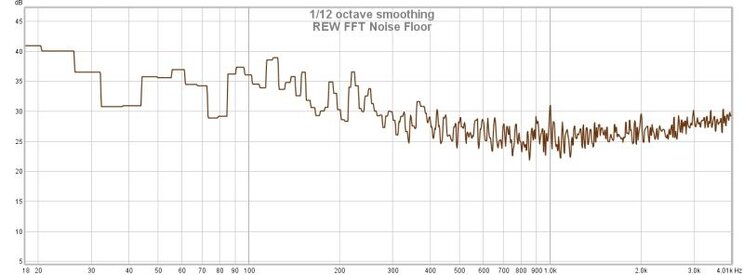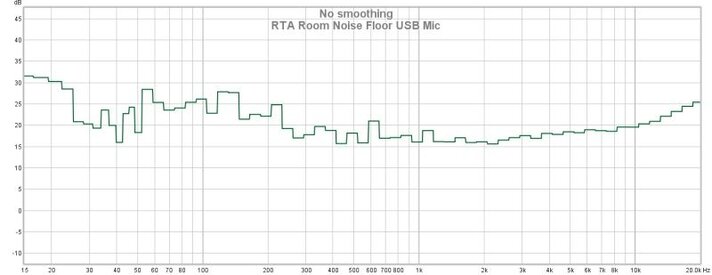Hi,
New to the forums.
O.k, shoot me down if you want to ( :-) ), but is there any way to account for any strange frequency response in the ambient noise itself?
By that , I mean, when I record SILENCE in my lounge the plot comes out with a heavy bass peak between 20-300 hz.
I don't know what it is yet ( maybe some appliance, or air-con ), but was wondering if it can be taken into account in the measuring?
I know people out there will be tempted to say I should investigate it, and I will try in the coming months, but first I am curious if I can take account for it?
Many Thanks
Keith
New to the forums.
O.k, shoot me down if you want to ( :-) ), but is there any way to account for any strange frequency response in the ambient noise itself?
By that , I mean, when I record SILENCE in my lounge the plot comes out with a heavy bass peak between 20-300 hz.
I don't know what it is yet ( maybe some appliance, or air-con ), but was wondering if it can be taken into account in the measuring?
I know people out there will be tempted to say I should investigate it, and I will try in the coming months, but first I am curious if I can take account for it?
Many Thanks
Keith
















